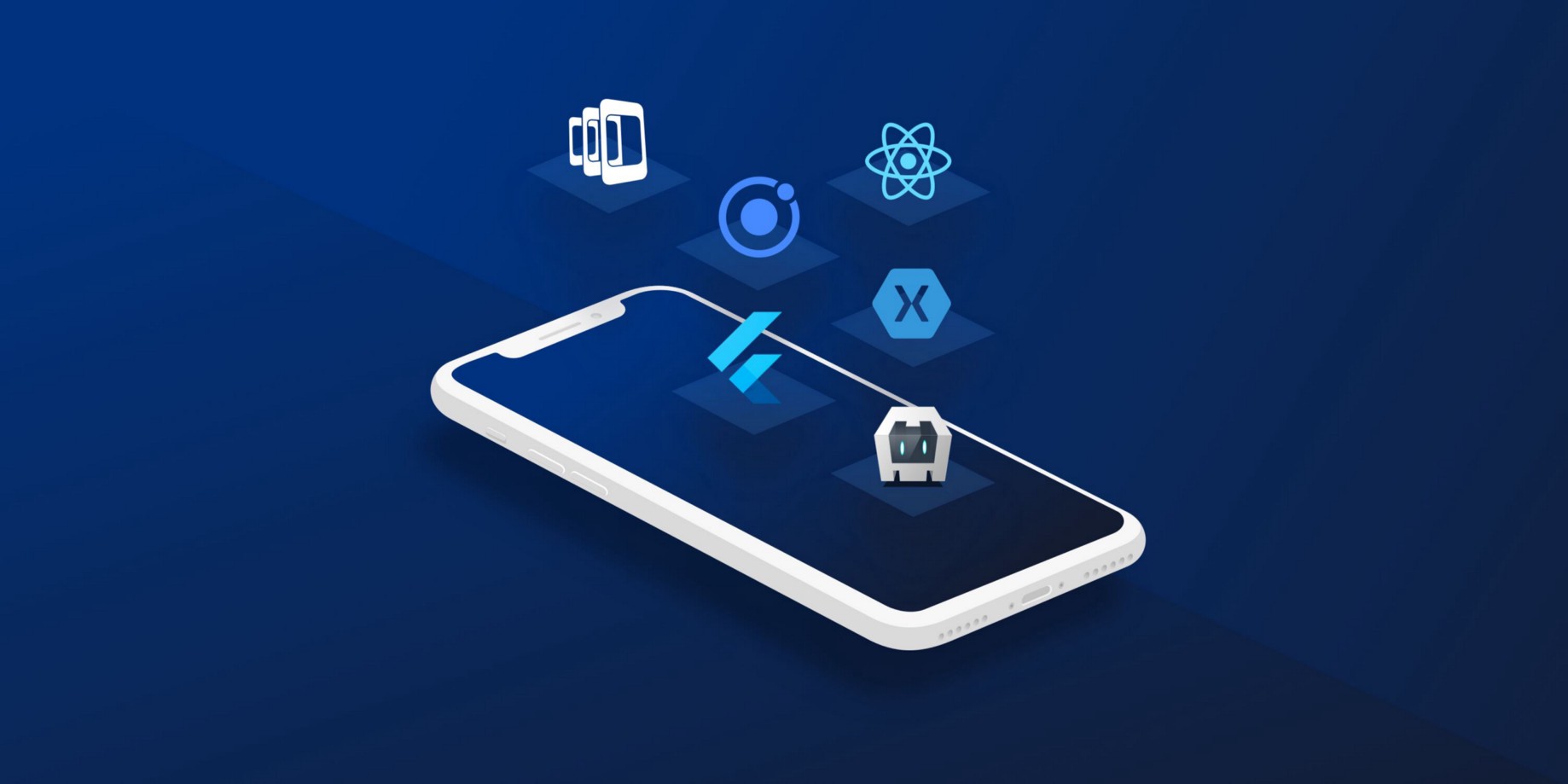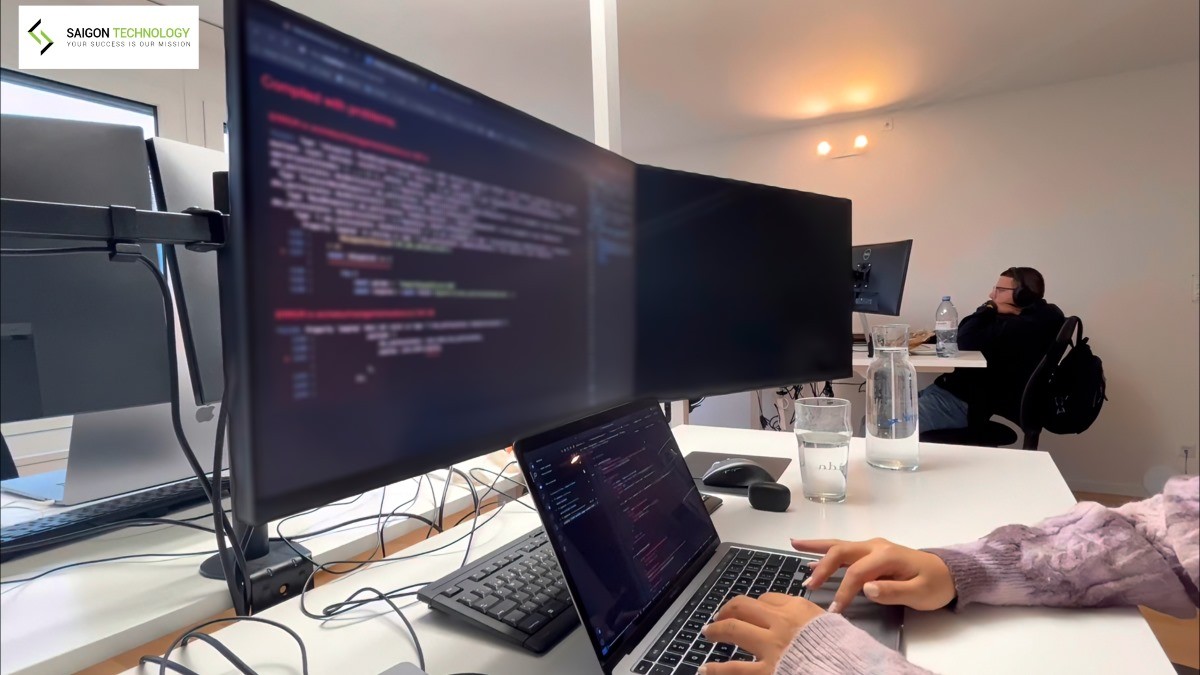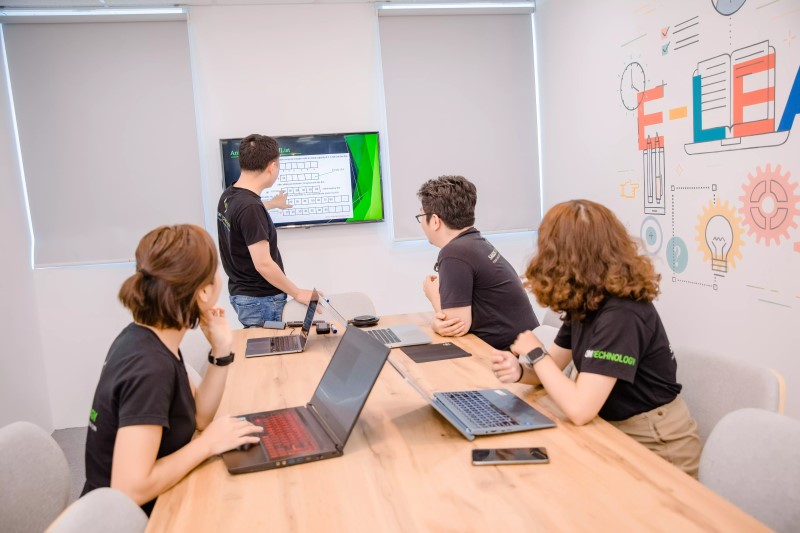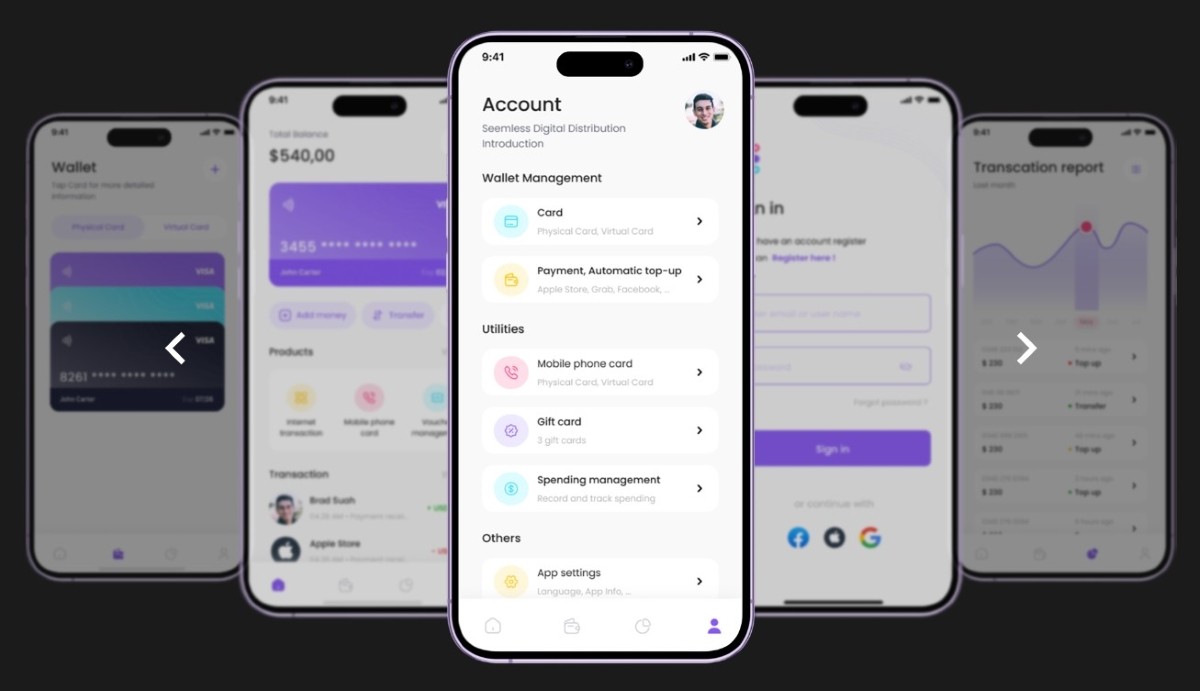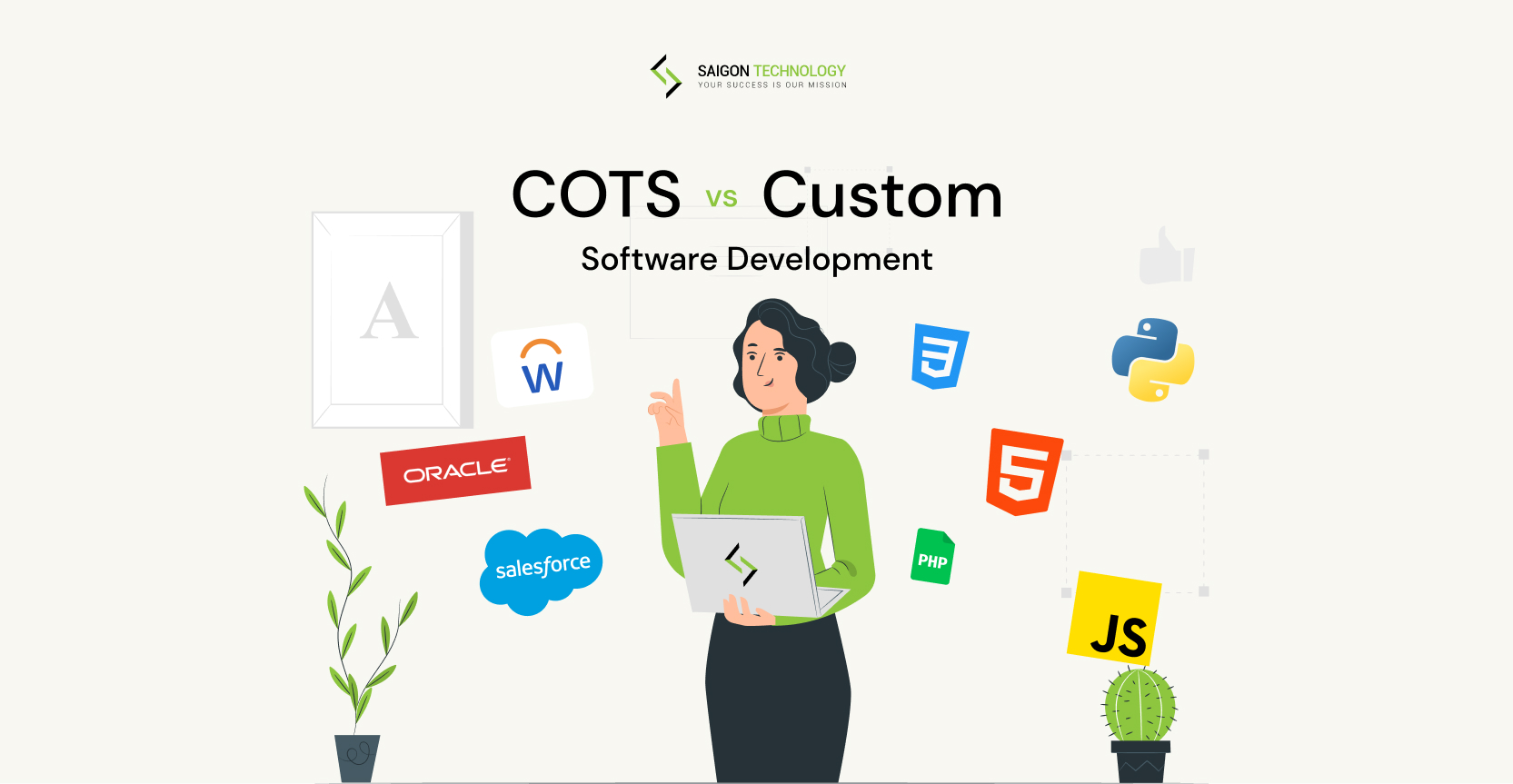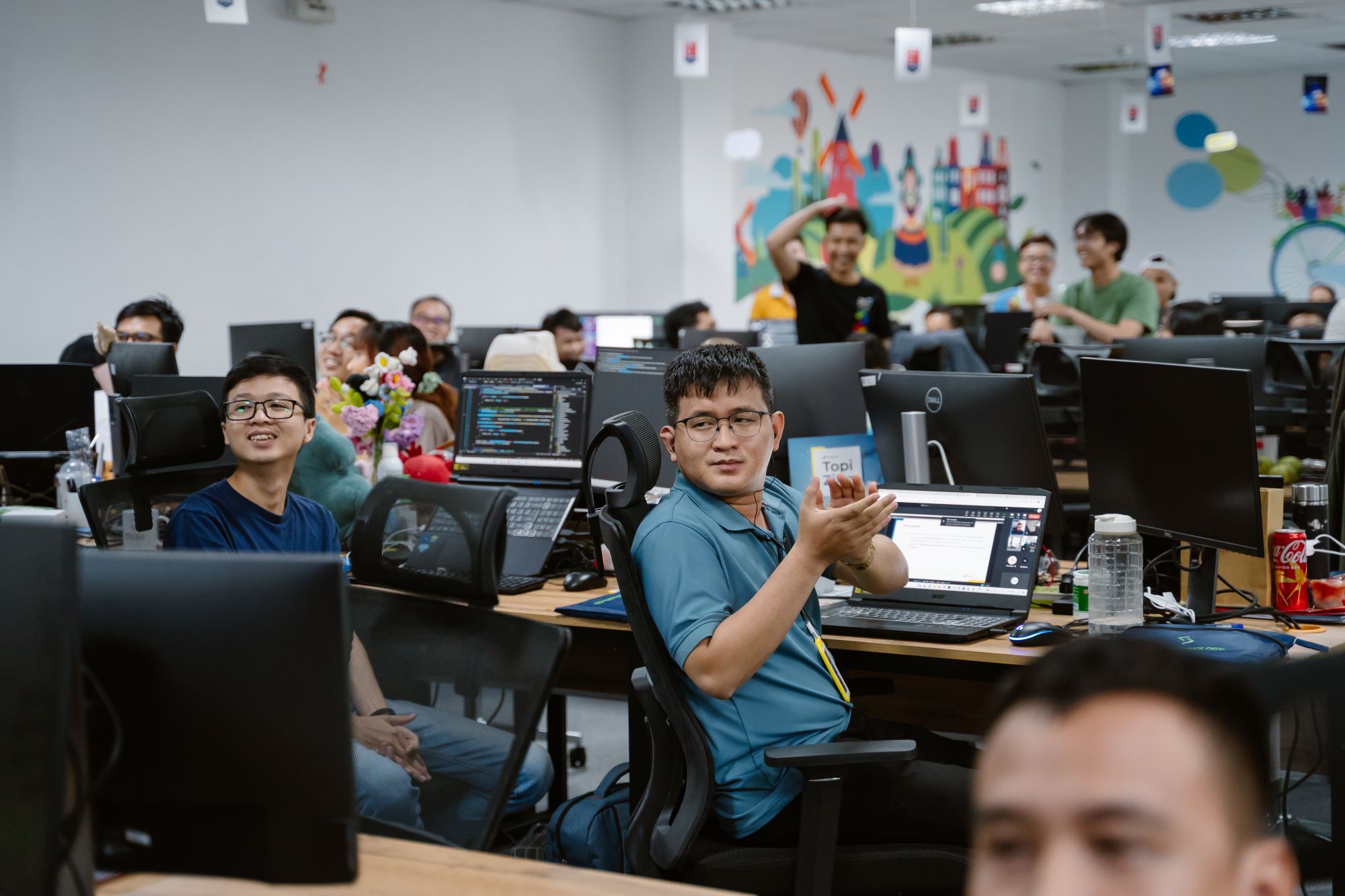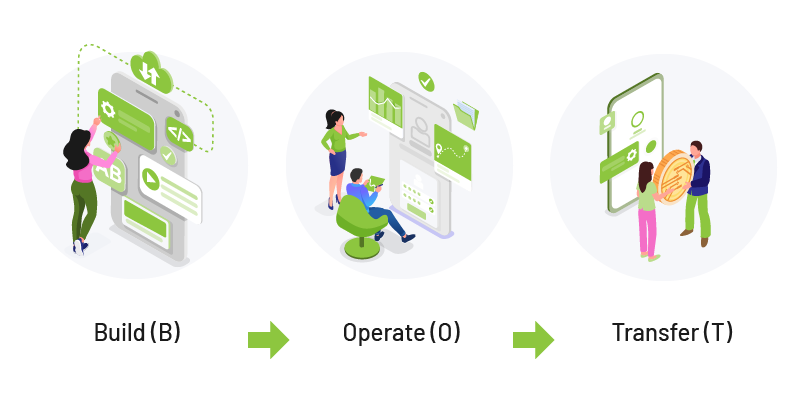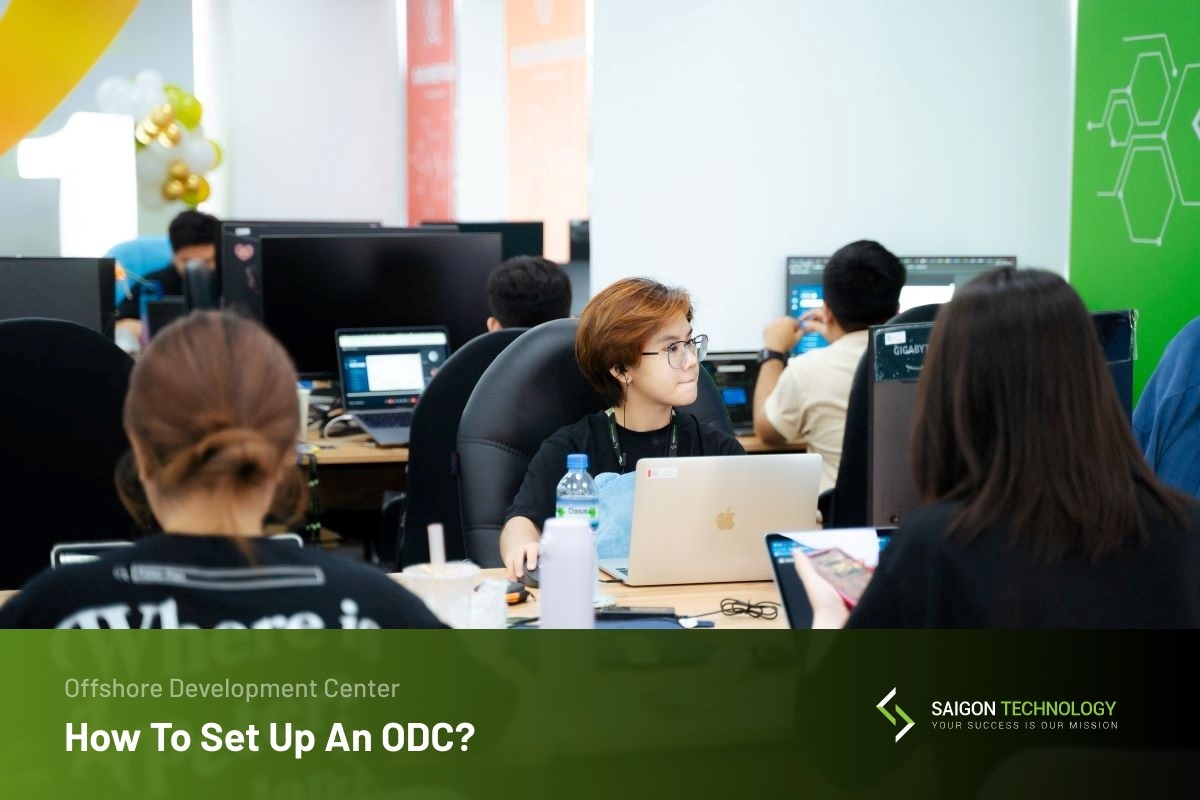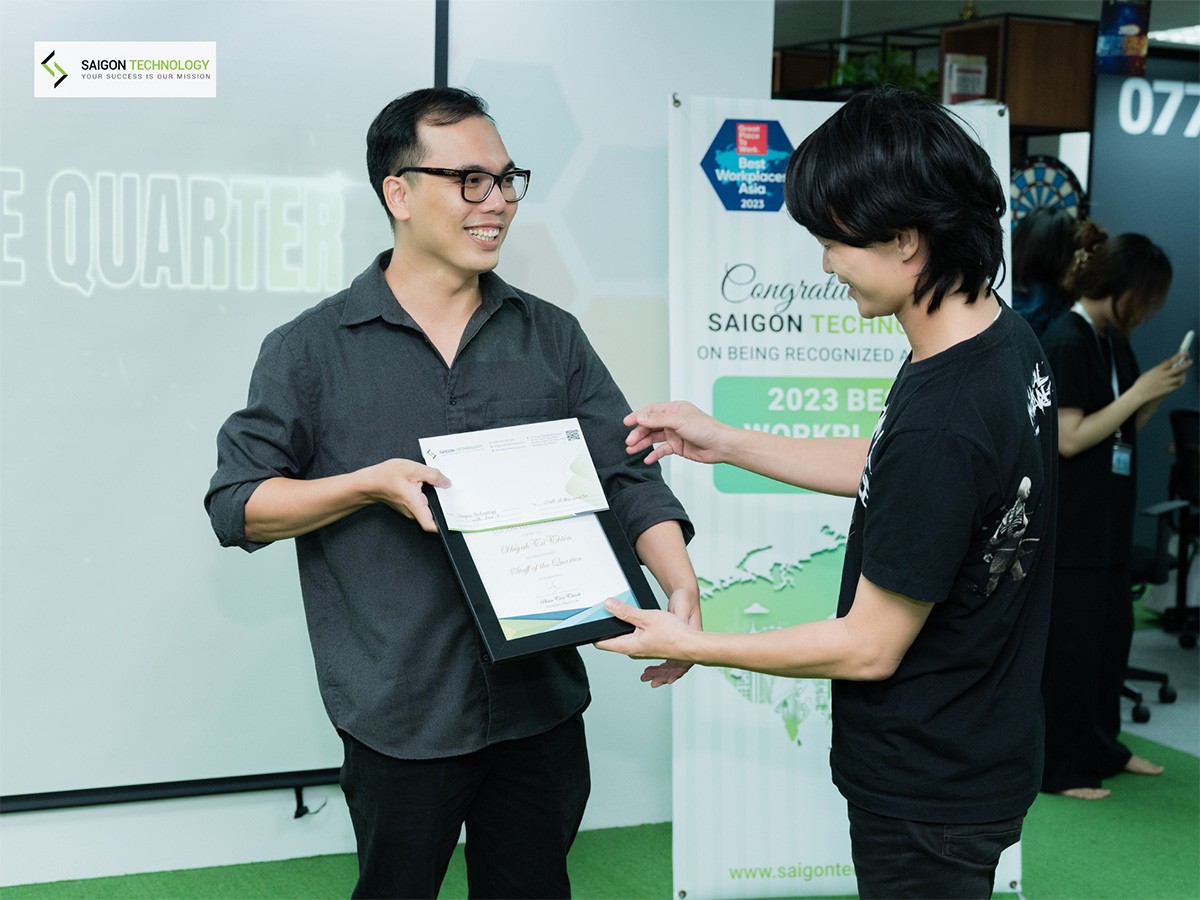Just simply imagine that one certain morning, you wake up and you come up with a great idea to develop a mobile application that you think will absolutely benefit your customers as well as promote your business more professionally, more modern, and accessible? From turning an idea into a reality, specifically a with pervasiveness in the market and it works effectively as a tool to bring added value to your business – it is concerned as a complicated process that requires a lot of time, mind, and money as well.
To be able to list in detail the most primitive jobs from concept to a launched application will certainly take a lot of time and requires a lot of in-depth knowledge, but in this article, we are trying to summarize, simplify the whole typical process with the most core stages of successful mobile application development, let’s get started!
Stage 1: Brainstorm & Explore
The first step is also a prerequisite to developing a mobile application that you have to codify your ideas on a treemap and answer questions like:
What is the problem you want to solve?
How to bring your product to users?
Who is the target audience you want to target?
By answering these questions, you will develop a blueprint to work with the development team. The more detailed the plan is, the more effective and time-saving at the problem-setting stage.
The ultimate goal of developing an application is to serve the customers, so you must truly understand who your customers are, what they really need (the demographics, or the problems they wish to solve, for example).
Through the stage of customer survey, we may gain an overview of what customers are dissatisfied with current applications, and also an opportunity for your enterprise to set up an application more suitable for their daily life. Nowadays, enterprises are more accessible when they know more about the demographics, personality, behavior, and goals of the customers they wish to target. Therefore, in order for the application to be most positively received in the market, the enterprise must really focus on its target customers.
Stage 2: Positioning the Application
Once the market research steps are completed, enterprises need to identify what is different between the existing ideal application towards competitors’, your product’s strengths and weaknesses, and share your message with the development team – internal partners as well as target customers. This is called a Unique Value Suggestion that describes why a user would download your app, engage in consumer behavior on your product but not that of other competitors.
As of the second quarter of 2020, Google Play has become the app store with the most number of apps available at 2.7 million. In parallel, Apple’s App Store has been the runner-up – the second-largest app store – with nearly 1.82 million apps available for iOS users. Therefore, you could easily see that positioning your product is completely important, the enterprise must let customers find out why yours, and in particular, is the most valuable.
Set success criteria and integrate several methods of measuring interest for future applications to measure the success of your application. These include install rate, number of reviews, and the average rating on the store.
⺠Learn more: https://saigontechnology.com/blog/top-mobile-app-development-companies-in-singapore-app-development-insights
Stage 3: Interface Design
Most of the preparatory steps have been taken, and you finally realize your idea by designing and coding your application. Or simply called the Interface of the application that can be divided into 2 parts: the user interface and the developer-specific interface.
User interface: Depending on the platform of the application is Android, iOS, or the web, there are different programming languages, Objective-C or Swift for native apps based on iOS, Java, or Kotlin for Android. Besides the language, there are other tools such as libraries, version control systems. No matter what platform the application is built on, a friendly, eye-catching, simple but equally sophisticated application is a bright spot and deserves a choice of customers.
Developer interface: This is not visible to the user, but it is important to systematically connect everything on the application together to manage communication with the server and maintain operations. Python, Ruby on Rails, Node.js, and Java are some of the most commonly used programming languages ââfor server operation, database management, and other services to help your applications run efficiently.
At the core of this step, no matter what language or design style your enterprise has chosen, it must adhere to the criteria of a friendly application: simple, exciting, intelligent, and intuitive.
Stage 4: Launch and Upgrade Products
Once you’ve completed all the preparations, it’s time to launch your product in the store! Depending on the application platform, the process of updating apps to the store will be different. Enterprise should learn and consider the exposure channel so that the product is announced as expected!
Besides, advertise your app on social platforms like Facebook, Twitter, Instagram, etc.
According to a report from Upland Localytics, 21% of users remove the app after their first use. So in addition to measuring the number of downloads, maintaining and keeping customers who continue to use the application is also an extremely important factor if the business wants to succeed in the long term. You may need to consider interacting with users by sending messages (relevant, effective) to them to re-engage their interest. Continuously update customer comments and feedback and upgrade the applications in accordance with customers’ criteria and needs.
Before deciding to download an app from the store, users will be concerned with the ratings and reviews of the app so make sure your app rating is above the 4.5 / 5 safety mark.
Summary
There are a lot of things that you need to prepare to launch a mobile application on the market. But generalizing above, we codify the four most core stages. Launching an application is not a day-to-day event, it requires the maintenance and development of a whole period after that. There will always be improvements and upgrades in certain phases as market demands change.

